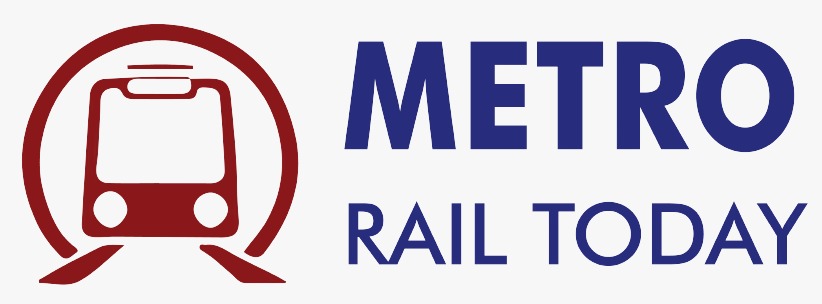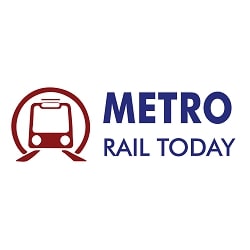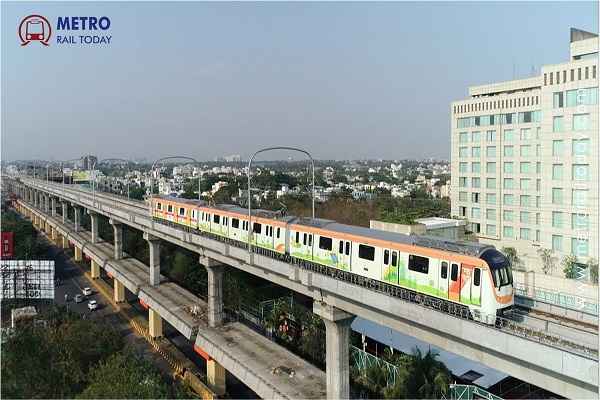 EIB approves €289.5 million loan for expansion of Nagpur and Pune Metro Rail Projects
EIB approves €289.5 million loan for expansion of Nagpur and Pune Metro Rail Projects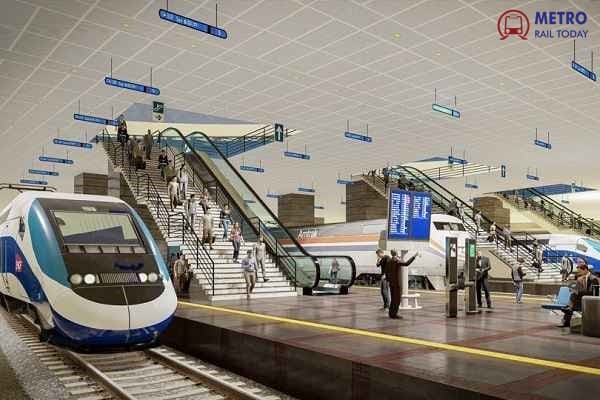 India is building Largest Railway Station in Amaravati - Know all about
India is building Largest Railway Station in Amaravati - Know all about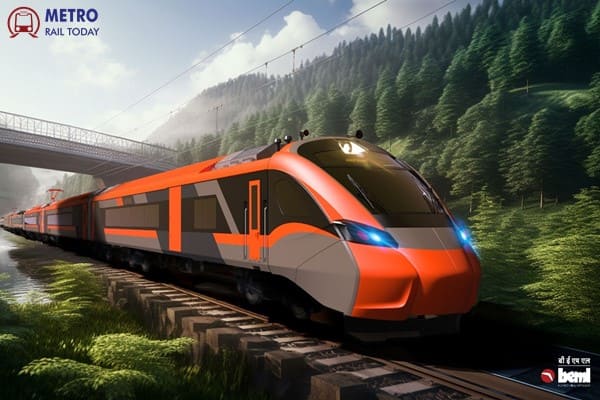 Kineco and BEML forge strategic partnership to strengthen indigenous composite manufacturing
Kineco and BEML forge strategic partnership to strengthen indigenous composite manufacturing UN blacklists Spanish Trainmaker CAF over activities in Occupied Palestinian Territories
UN blacklists Spanish Trainmaker CAF over activities in Occupied Palestinian Territories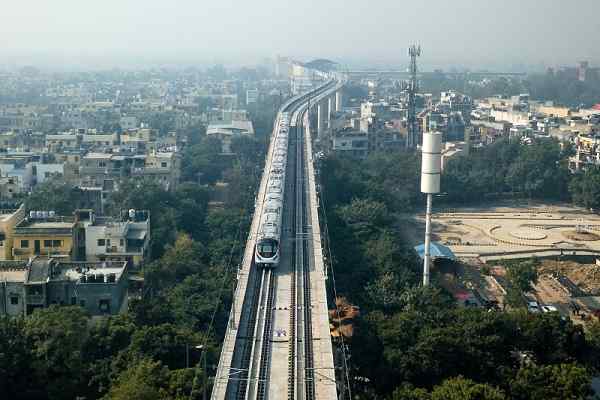 Prayagraj to get full-fledged Metro System, replacing the Metrolite Plan
Prayagraj to get full-fledged Metro System, replacing the Metrolite Plan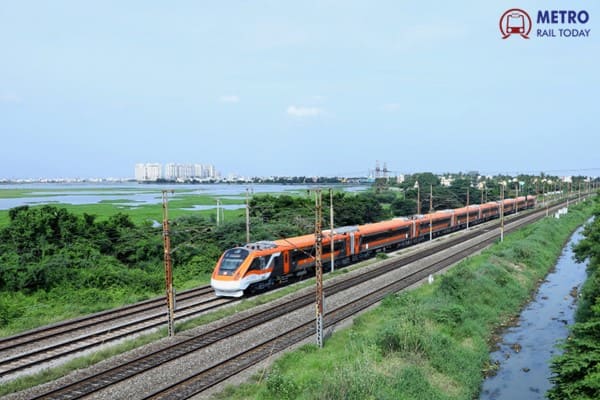 Sensonic & Skylark Drones Join Hands to Revolutionize Rail Infrastructure Monitoring
Sensonic & Skylark Drones Join Hands to Revolutionize Rail Infrastructure Monitoring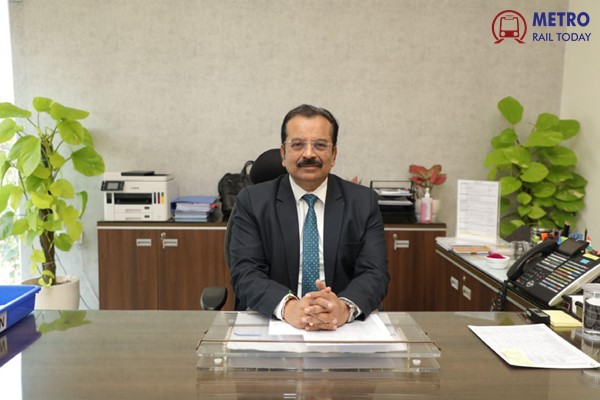 Namo Bharat: Driving India’s Transit Revolution with Sustainability and Seamless Connectivity
Namo Bharat: Driving India’s Transit Revolution with Sustainability and Seamless Connectivity RVNL - The Silent Engine Driving India’s Rail Infrastructure Boom
RVNL - The Silent Engine Driving India’s Rail Infrastructure Boom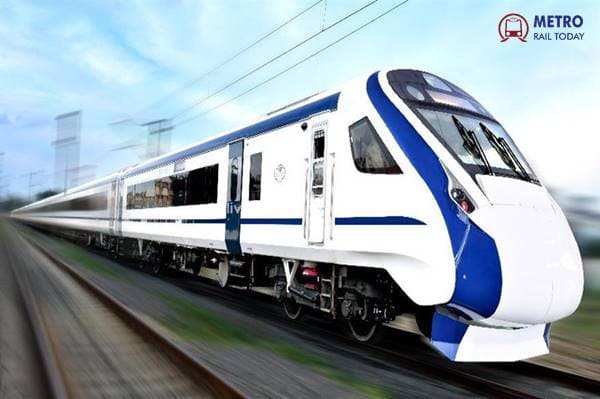 India to introduce 800 Vande Bharat Trains to redefine the future of Indian Railways by 2030
India to introduce 800 Vande Bharat Trains to redefine the future of Indian Railways by 2030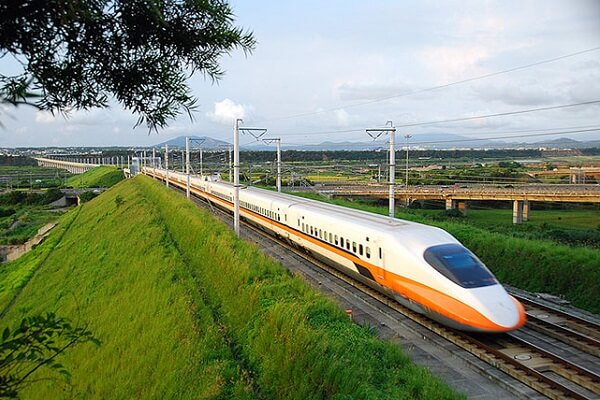 Indian Railways to develop 7,000 km of dedicated Passenger Corridors by 2047
Indian Railways to develop 7,000 km of dedicated Passenger Corridors by 2047
Vietnam aims to produce train cars, locomotives and railway components domestically
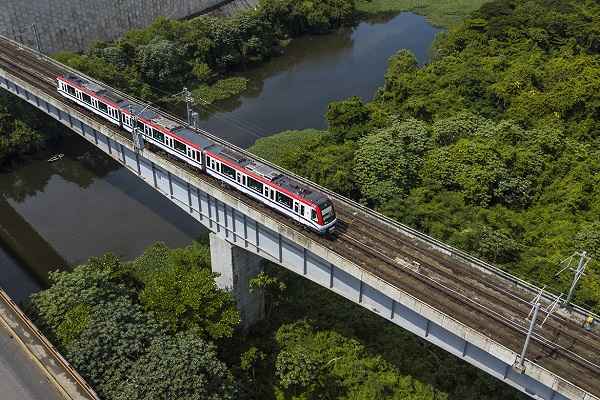
Hanoi, Vietnam (Metro Rail Today): Prime Minister Pham Minh Chinh, Head of the Steering Committee for Nationally Important Railway Projects, announced plans to establish a large, self-sustaining railway conglomerate capable of mastering technology and producing train cars and locomotives. This directive was made during the committee’s first meeting on March 29.
The Steering Committee for Nationally Important Railway Projects was set up on March 15 to assist the government in overseeing critical railway initiatives, including high-speed rail along the North-South axis, and railway lines connecting Lao Cai-Hanoi-Hai Phong, Hanoi-Lang Son, and Mong Cai-Ha Long (Quang Ninh), as well as urban metro projects in Hanoi and Ho Chi Minh City.
During the meeting, Prime Minister Pham Minh Chinh emphasized that the railway sector is crucial for driving socio-economic growth. He stressed the importance of self-reliance and national pride through the development of a domestic railway industry, specifically focused on high-speed trains, connecting seaports to industrial zones, and enhancing urban rail systems.
The Prime Minister outlined the ambition to create a robust railway industry by 2030–2045 that could domestically produce railcars and locomotives, making Vietnam a regional leader in rail technology and manufacturing.
Key Railway Projects and Investment Plans
Among the most important projects highlighted was the North-South high-speed railway, which will stretch 1,541 kilometers from Hanoi to Ho Chi Minh City, with a maximum speed of 350 km/h. This project has an estimated investment of 67.34 billion USD, with construction planned from 2025 to 2035.
Other significant projects include:
-
Lao Cai-Hanoi-Hai Phong Railway: This line will handle both passenger and freight traffic over 390.9 km, requiring an investment of 8.37 billion USD.
-
Hanoi-Lang Son (156 km) and Hai Phong-Ha Long-Mong Cai (187 km) railways: These projects aim to improve international connections with China, boosting trade and regional cooperation.
The development of urban rail systems in Hanoi and Ho Chi Minh City is also a major focus. Hanoi plans to develop 15 urban railway lines, while Ho Chi Minh City will construct 10, addressing the growing concerns of urban congestion and the need for sustainable, efficient public transport.
Enhancing Railway Expertise and Industry
To support the burgeoning railway sector, the Prime Minister directed the Ministry of Construction and the Ministry of Education and Training to introduce specialized training programs in railway engineering and management at universities. These programs will focus on developing a new generation of chief engineers to support the industry.
Additionally, large railway corporations, including private sector involvement, will be encouraged to build a comprehensive railway ecosystem in the country, fostering growth and innovation.
Funding and Project Implementation
In line with project timelines, the Prime Minister emphasized the importance of diverse funding sources to support railway development, such as state capital, loans, infrastructure bonds, public-private partnerships (PPP), and transit-oriented development (TOD) models. Clear project assignments and accountability will also be critical to ensure timely completion.
Local authorities will handle land clearance responsibilities once routes are determined, helping to streamline project execution.
Strategic Goals for Railway Industry Growth
By 2030–2045, Prime Minister Chinh aims for Vietnam to produce train cars, locomotives, and railway components domestically. The Ministry of Industry and Trade has been tasked with developing a master plan for the railway industry, which will be submitted to the government by June.
The Ministry of Finance has also been assigned the responsibility to prepare a restructuring plan for Vietnam Railways Corporation (VNR), transitioning it into a corporate group model. This new structure will enable VNR to take part in all stages of railway projects, from pre-investment to operations and maintenance once projects are completed.
Vietnam's vision for the railway sector reflects a comprehensive, long-term strategy to modernize its infrastructure and bolster economic growth. With a focus on technology, self-reliance, and international connectivity, the country is positioning itself as a leader in the southeast Asia railway industry.
